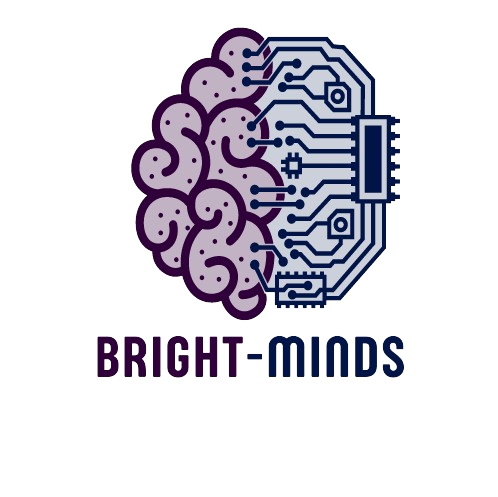Have you ever looked at a pizza, a coin, or a wheel? They all have one thing in common: they’re round!
The circle is among the most important and fascinating shapes in geometry. In this blog, you will learn what a circle is, what its parts are, how to calculate it, and some interesting real-world examples. Are you ready to investigate? Let’s go, hurry up!
What Is a Circle?
A circle is a round shape with no corners or edges. In math, a circle is defined as:
“A set of all points in a plane that are at a fixed distance from a fixed point.”
The fixed distance is known as the radius, and that set location is known as the circle’s center.
🧩 Parts of a Circle (With Simple Definitions)
Here are the key parts of a circle every student should know:
| Term | Meaning |
|---|---|
| Centre | The middle point of the circle. |
| Radius (r) | A line from the centre to any point on the circle. |
| Diameter (d) | A line that goes from one point on the circle to another, passing through the centre. It’s twice the radius. So, d = 2r. |
| Circumference | The total distance around the circle (like the perimeter of a circle). |
| Chord | A line segment connecting two points on a circle (may or may not pass through the centre). |
| Arc | A curved part of the circle. |
| Sector | A “pizza slice” shaped part of the circle. |
| Segment | The area between a chord and the arc it cuts off. |
📏 Important Formulas of a Circle
These formulas are easy to remember and will help you solve many problems:
- Diameter = 2 × Radius
- Circumference = 2 × π × r or π × d
(π or “pi” is approximately 3.14 or 22/7) - Area = π × r²
🧮 Example Problems (With Answers)
Q1. If the radius of a circle is 7 cm, find its circumference.
A:
Circumference = 2 × π × r
= 2 × (22/7) × 7
= 44 cm
Q2. If the diameter is 10 cm, find the area.
A:
Radius = 10 ÷ 2 = 5 cm
Area = π × r² = 3.14 × 5² = 3.14 × 25 = 78.5 cm²
Real-Life Examples of Circles
- Wheels (cycles, cars)
- Clocks
- Plates & Coins
- CDs and DVDs
- Rings & Bangles
- The moon and sun (from our view!)
Circles are everywhere around you, making this topic not just useful in exams but in real life too!
Fun Activities to Learn Circles
- Label the radius, diameter, and circumference of the paper plate circle models.
- Measuring with String: To determine the circumference of a circular item, wrap a string around it.
- Circle Hunt: Look for circular objects around your house or place of education.
- Practice drawing precise circles and labeling sections by using a compass.
Final Thoughts
Circles are more than just forms; they aid in the study of symmetry, patterns, and mathematical problem-solving. Knowing the characteristics of circles lays a solid basis for more complex geometry and real-world uses.
Thus, keep in mind that you are witnessing geometry in action the next time you cut a pizza or notice a wheel!
You might be like this:-
Maths Puzzles for Kids: Boost Brainpower While Having Fun!

